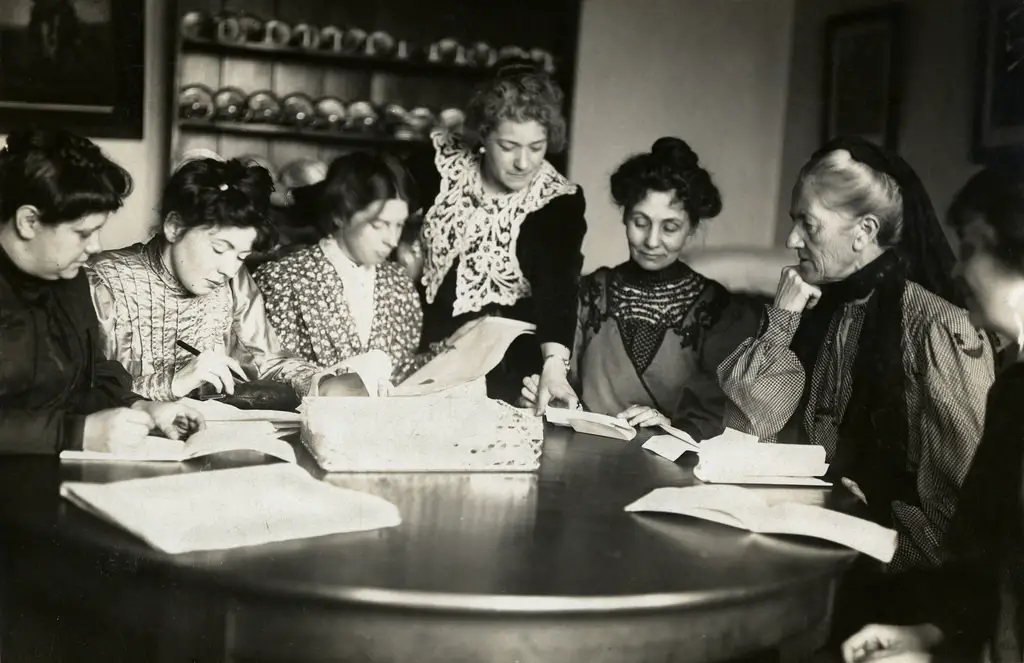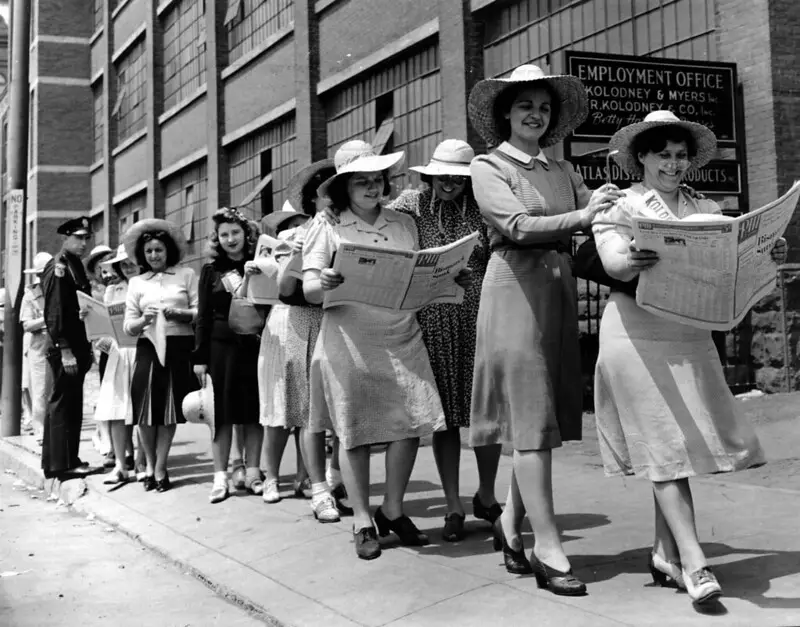
A Focused Guide from the Newspaper Research Academy
Introduction: Reading Between the Lines
Between 1840 and 1940, newspapers chronicled women’s lives in rich — but often indirect — ways. Social conventions, gender expectations, and naming customs meant that women appeared in print as roles, not always as individuals.
Understanding the terminology used to describe women helps genealogists find stories that would otherwise stay hidden. This list groups common descriptors, labels, and references used in community papers — words that can lead to mentions even when first names are missing.
Note: Many of the terms below reflect the gender norms and biases of their time. They’re included here as search clues and historical evidence, not as language we endorse today.
Social Roles & Identifiers
These labels reveal how women were positioned within their communities — by relationship, status, or reputation.
| Term | Typical Context | Genealogical Clue |
|---|---|---|
| Hostess | Social news, teas, and receptions | May identify the home where gatherings occurred — often the woman’s residence. |
| Matron | School boards, hospitals, correctional institutions | Indicates seniority or long service; sometimes tied to civic positions. |
| Bride / Bride-to-be / Fiancee | Engagements and wedding announcements | Links maiden and married names; often mentions parents or towns of both families. |
| Widow of / the late Mrs. | Obituaries, property transactions, club mentions | Useful for tracing posthumous identity and remarriage patterns. |
| Society leader / clubwoman / socialite | Society pages and event coverage | Establishes civic presence and network of relationships. |
| Benefactress / philanthropist | Charity drives, hospitals, churches | Connects a woman to causes, faith communities, or organizations. |
| Patroness | Fundraisers, concerts, public events | Indicates standing in arts or civic life. |
| Governess / companion | Classified ads or family news | Suggests employment, domestic arrangements, or migration history. |
Family & Relationship Identifiers
Victorian and Edwardian naming traditions defined women through family ties — clues that genealogists can decode.
| Term | Typical Context | Genealogical Clue |
|---|---|---|
| Mrs. [Husband’s Full Name] | “Mrs. John Smith entertained…” | Search by husband’s name to locate wife’s mentions. |
| Miss [First Name] | Before marriage, school news, travel | Young adult or unmarried woman; sometimes sisters listed together. |
| The Misses [Surname] | “The Misses Brown attended…” | Group mentions of daughters; cross-reference ages and census data. |
| Daughter of / sister of / niece of | Wedding and obituary details | Helps confirm family relationships even without full names. |
| Formerly Miss [Maiden Name] | Obituaries, engagements | Confirms maiden identity and bridges surname changes. |
Occupations & Skilled Work
Women’s labor was often acknowledged indirectly or attached to moral framing — yet these notices confirm independence and economic activity.
| Term | Typical Context | Genealogical Clue |
|---|---|---|
| Teacher / instructress | School reports, advertisements | May link to school names, certification, or towns served. |
| Milliner / dressmaker / seamstress | Business ads and classifieds | Often self-employed; reveals address or shop name. |
| Nurse / midwife / attendant | Health or social service news | Indicates medical or caregiving professions. |
| Proprietress | Small businesses or boarding houses | Sign of entrepreneurial activity; check city directories. |
| Writer / correspondent | Club columns, poetry, local reporting | May reveal early journalism or authorship. |
Civic, Cultural & Faith Involvement
Women appeared widely in the records of their churches, clubs, and reform movements — a key area of visibility.
| Term | Typical Context | Genealogical Clue |
|---|---|---|
| Member / officer / secretary / treasurer | Church, lodge, or society listings | Links to minutes, rosters, or organization records. |
| President / chairwoman / delegate | Conventions, suffrage, reform groups | Confirms leadership or travel to events. |
| Missionary / reformer / worker | Religious and social service news | Reveals causes, affiliations, or overseas activity. |
| Organist / soloist / choir member | Church or community concert reports | Ties women to specific congregations or musical pursuits. |
Descriptive & Editorial Labels
Beyond roles, journalists used moral or emotional descriptors that reflect the tone of the era — helpful for interpreting bias and tone.
| Term | Typical Context | Genealogical Clue |
|---|---|---|
| Beloved / esteemed / worthy | Obituaries, social tributes | Indicates community standing; may reflect obituary authorship bias. |
| Accomplished / talented / clever | Society and art columns | Often signals education or artistic training. |
| Faithful / devoted / charitable | Memorials and tributes | Suggests church or civic involvement. |
| Elderly lady / aged matron | Human-interest or obituary | Provides rough age; often hints at generational ties. |
| Noted beauty / belle of | Early 20th-century society columns | Points to regional or social prominence. |
Group or Collective References
Even when women weren’t named individually, they appeared as part of social units.
| Term | Typical Context | Genealogical Clue |
|---|---|---|
| Ladies’ Aid / Women’s Auxiliary / Sewing Circle | Church, civic, or charitable activities | Indicates membership lists and networks. |
| Daughters of / Mothers’ Club / Sisters of Charity | Religious, kinship, or organizational | Names often follow in subsequent issues. |
| The ladies of [town or church] | Community event summaries | Suggests involvement in specific congregations or regions. |
Research Takeaways
- Search using both roles and relational identifiers — “hostess,” “teacher,” “Mrs. John Smith.”
- Pair roles with place names (“matron” AND “hospital” AND “Portsmouth”).
- Don’t overlook plural references (“the Misses Brown,” “the church ladies”).
- Many terms overlap across religious, social, and charitable spheres — use context to narrow results.

Next Steps & Related Resources
- Research Guides: ACA54 (Society Pages), ACA61 (Religious News), ACA62 (Clubs & Fraternal Organizations), ACA70 (Community Life).
- eBooks: Hidden Gold, Community Lives, Name Games.
Improve your research skills at the Newspaper Research Academy